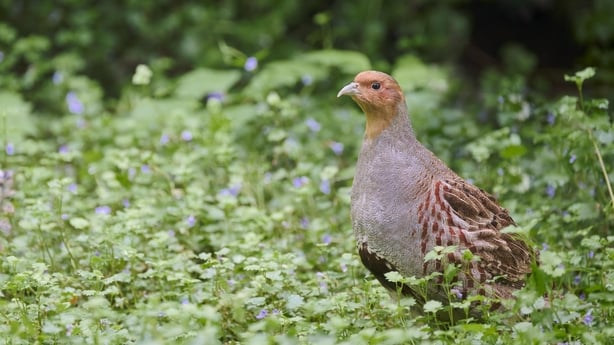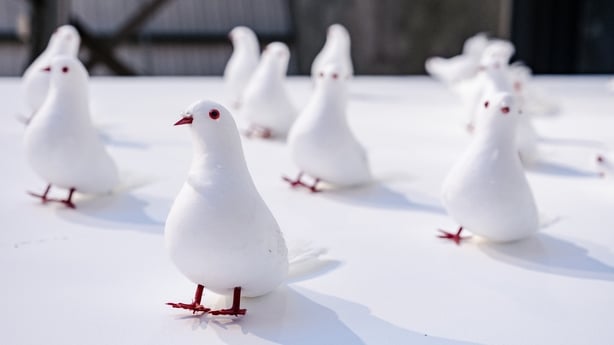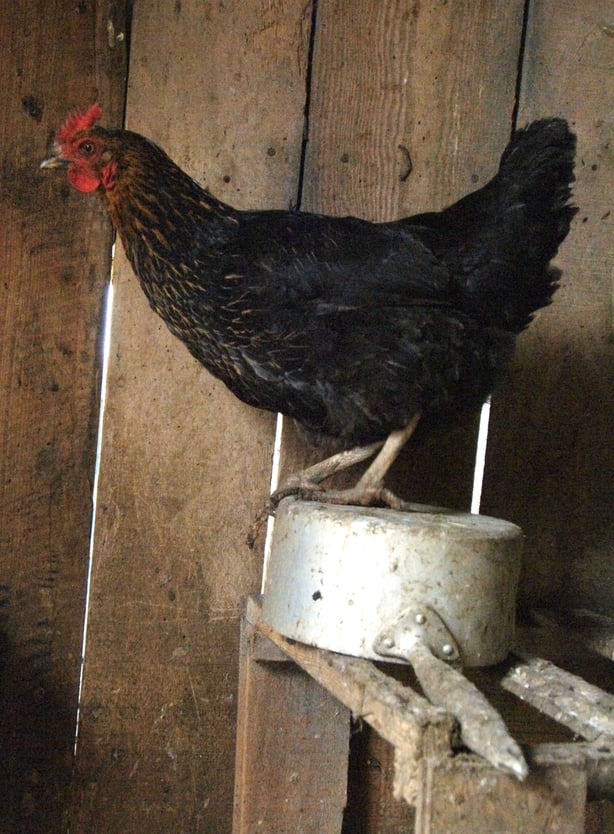
Five kinds of bird and a tree feature in the carol, Twelve Days of Christmas. It's so popular that the motley crew of also-rans have become minor celebrities, a supporting cast for the festival's leading lights; Rudolph, the robin and the turkey.
This 'cumulative song’, à la Old McDonald had a Farm, is a sort of nonsense poem set to music. Dating back to the 16thCentury, it’s said to contain allusions to Catholic teachings which were suppressed. That seems unlikely because the doctrines it features were held by 'papists’ and ‘reformers’ alike. Is the tune as old as the words and, if so, did humming it enable Catholics to recognise each other, in a sort of vocal equivalent of the Masonic handshake?
The 'partridge in a pear tree', it’s suggested, refers to Christ on the cross. Partridges are secretive, only showing themselves occasionally and this might recall Christ's appearances after the Resurrection. The bird was exceedingly common in England when this carol was written and its secretive ways would have been familiar to everybody. Strictly a ground dweller, no self-respecting partridge would ever venture onto a pear tree. Was such a peculiar notion chosen for the song because, like the crucifixion, partridges in trees would be a travesty of Nature. It’s been suggested that the tree didn’t feature in the rhyme originally. 'Pear tree' could be a mistranslation of 'perdrix', the French for partridge, the original line being ‘like a partridge, a perdrix'. But what could possibly be the theological significance of that?
The symbolism of the ‘two turtle doves’ is easier to pin down. This elegant little pigeon visits Ireland only very occasionally. There are about a dozen sightings of it in a good dove year. About 75,000 pairs breed in Britain, mainly in England, and the bird is found throughout mainland Europe. This, the most travelled member of the family, is the only dove which migrates across the Sahara. It's strange to find it in a Christmas carol as there are no turtle doves in Europe in winter.
Virgil called the bird 'turtus' but the association with turtles is odd. The name may be onomatopoeic, an imitation of the gentle 'turr turr…' song, which resembles the purring of a contented cat, a most soothing sound. The little dove, speckled orange on the back and white underneath, is more often heard than seen and no wonder; it is hunted fiercely in Mediterranean countries. Like the partridge it has become shy and wary, remaining well hidden, which may be why it features in the carol.

Doves are biblical birds. One was chosen by Noah to go out and report on the state of the flood. When the bird returned with a leaf in its mouth, Noah knew that the waters had subsided.
'The time of the singing of birds is come and the voice of the turtle is heard in our land' declares the Song of Solomon, the biblical collection of love poems thought to have been written about 950 BC and so the bird came to symbolise the Holy Spirit. The two birds of the carol, therefore, may represent the Old and New Testaments.

The 'three French hens' must surely be the Magi and their gifts. The suggestion that the hens might stand for the persons of the Trinity seems too blasphemous to entertain. The 'four calling birds' were, almost certainly, the four evangelists.
That swans are mentioned in a Christmas song is not surprising; they were eaten by the ruling classes on Christmas Day. Only young birds were edible. As John Rutty remarks in An Essay Towards a Natural History of the County of Dublin,published in 1779, 'the tame swan is most succulent but hard of digestion except when very young'.Cygnets had to be captured and fattened in special pits, a labour-intensive and expensive process. When William Strickland brought turkeys from America to Bristol in 1497, the days of swan-upping were numbered. James 1st began eating turkey at Christmas and swan soon disappeared from the menu. 'Seven swans' rolls nicely off the tongue and seven is a special biblical number. There are seven sacraments and seven deadly sins.
Poorer people ate a goose on the big day. Geese were cheap to raise and manage. They forage for themselves, converting plant and animal tissues, inedible to humans, into tasty goose-flesh. The 'six geese are laying' may refer to the six days of creation as described in Genesis. A goose lays an egg each day. Six would be a typical clutch, fitting the metaphor rather well.
